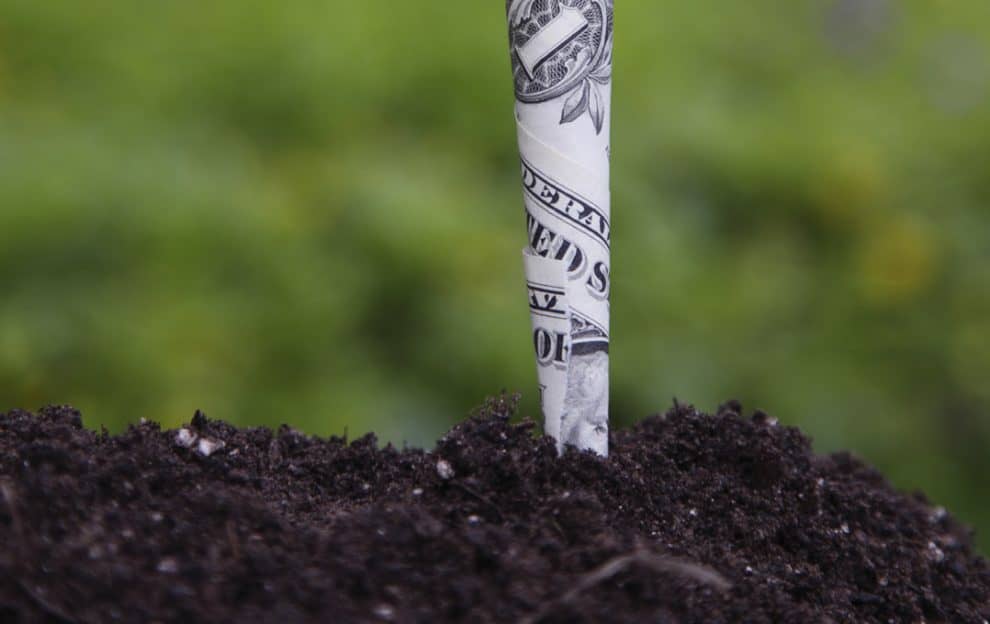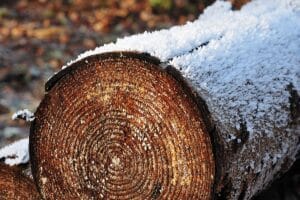What is the maximum you would pay to buy bare land with the purpose of planting trees as an investment? Forest finance, the language of managing forest and timber resources as investments, provides a measure for supporting forest investment decisions such as this.
The Value of Bare Land
In 1849, 27-year old Martin Faustmann read an article about forest valuation and shook his head in disagreement. A German forester and appraiser, he put pen-to-paper and published an alternative technique for valuing bare forestland, or “dirt,” for tax purposes. Faustmann’s approach, a special application of net present value (NPV), uses prices, costs and interest rates to determine the optimal economic forest rotation when managing land as forests in perpetuity. Faustmann’s formula – referred to as bare land value (BLV) or land expectation value (LEV) or soil expectation value (SEV) – remains a standard model for maximizing forest value.
What makes BLV useful for evaluating forestry investments? BLV allows us to compare forests of different rotation lengths. As such, BLV helps (1) identify the optimal rotation length for a forest; (2) order the management activities associated with a forest investment; and (3) determine whether or not to invest in specific silvicultural activities. In addition, BLV helps us conduct marginal analysis on short-term harvesting decisions related to price “spikes” or declines in local markets.
BLV does rely on “strong” assumptions. For example, BLV assumes that costs and revenues for all future rotations remain identical. BLV also assumes that the land will be reforested in perpetuity. In practice, investors may have alternative uses for the land in the future, in which case the forestry-centric BLV may not be appropriate.
BLV provides a “theoretically” appropriate measure for valuing bare land managed exclusively for timber production. In practice, the estimated BLV may not correspond to current market values for the land. Investors may also have different costs of capital (discount rates), which would produce different BLVs even with identical assumptions for initial costs and revenues.
In the book Forest Finance Simplified, I quote John Walker from his 1990 S. J. Hall Lecture in Industrial Forestry at U.C. Berkeley. Walker identified Faustmann’s work as the “first known correct application of compound interest rates in discounted cash flow analyses.” As a forestry professional, I take pride in thinking that a forester, Martin Faustmann, has a seminal place in the history of finance theory.
This content may not be used or reproduced in any manner whatsoever, in part or in whole, without written permission of LANDTHINK. Use of this content without permission is a violation of federal copyright law. The articles, posts, comments, opinions and information provided by LANDTHINK are for informational and research purposes only and DOES NOT substitute or coincide with the advice of an attorney, accountant, real estate broker or any other licensed real estate professional. LANDTHINK strongly advises visitors and readers to seek their own professional guidance and advice related to buying, investing in or selling real estate.










Add Comment